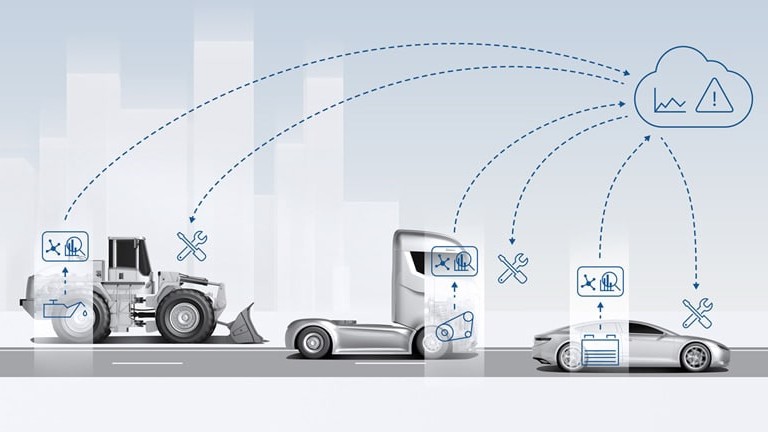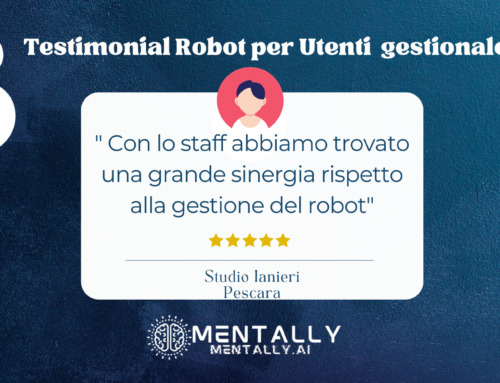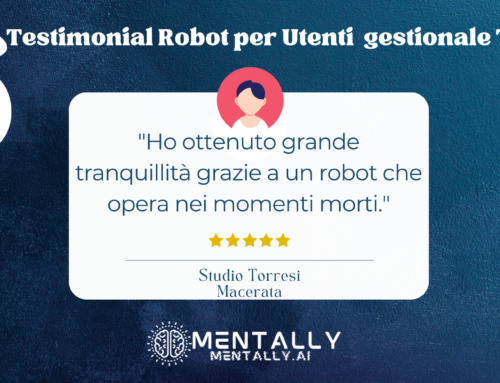One of the great advantages of AI is eliminating the need for humans to perform rudimentary tasks. Google maps infers road conditions based on gathering statistics of humans with their mobile devices passing through an intersection.
If there are a large number of humans moving through the intersections, then that statistics can infer delays. To be useful, this type of social inference requires a collection of humans to be moving through intersections 24 hours a day and 7 days a week.
Since it is based on statistics, then it is by definition based on past history. Our solution automates of collection of real-time data, without the need to have humans present and uses this accurate and dependable data to build future predictions about the status of intersections. In spirit of AI and automation… we eliminate the need for humans to be present to determine road conditions and increase the precision and the ability to predict locations of vehicles and objects..
The survival of critical ambulance rescues decreases with an increase in response time. Typically, first response teams need to get to heart attack, stroke and traumatic injury patients within 4 minutes. The average freight train delay is 8 minutes and this occurs 20%of the day along freight train lines. If an ambulance is blocked by a freight train, then its delay can increase 300% (i.e. 4 minutes + 8 minutes equals 12 minutes which is 3 times greater that 4 minutes).
In communities divided by freight trains, one in 5 911 calls can be impacted by freight train delays. Predictive Mobility is achieved using highly accurate real-time data and combing this data with predictive tools to accurately determine the location of objects like vehicles in the future.
These objects could be parts moving around a manufacturing floor that need to meet to fill an order on time, could be components shipping on pallets between supplier and manufacturer to complete a complex automotive or aerospace product, this could be last mile carriers making same day delivery of consumer products on time and in our current focus, it is making sure freight trains and ambulances do not meet at the same time.







Leave A Comment